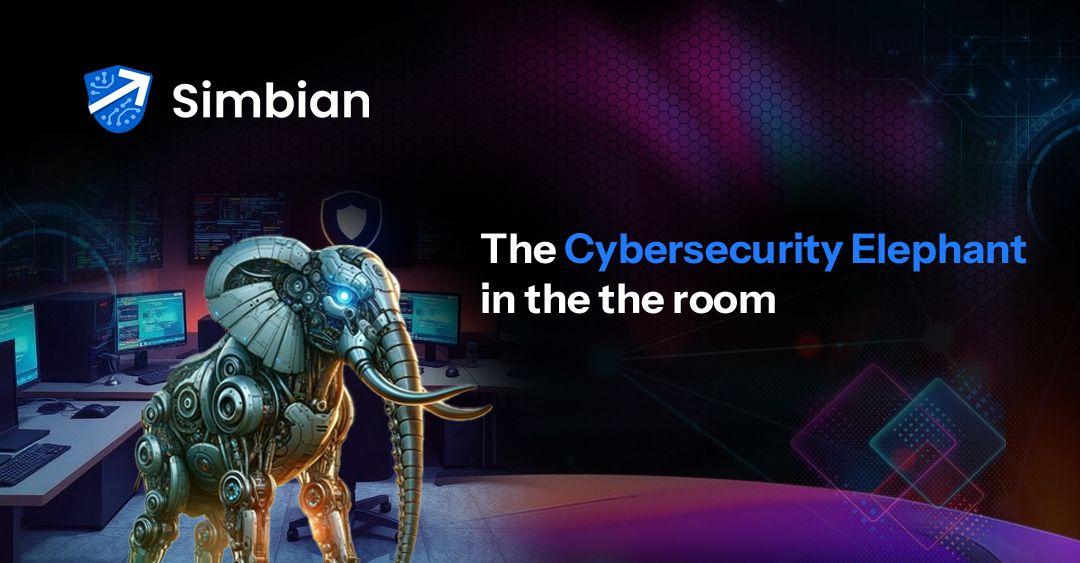
SOC
The Elephant in the SOC: Your Security Blind Spots
Discover why your collection of cybersecurity point solutions may be creating dangerous blind spots, leaving you vulnerable to sophisticated attacks. This article uses the "blind men and the elephant" analogy to explain how isolated, low-severity alerts can be part of a larger, coordinated attack and why correlating events across your security stack is essential for modern threat detection.
Varun Anand
November 19, 2025
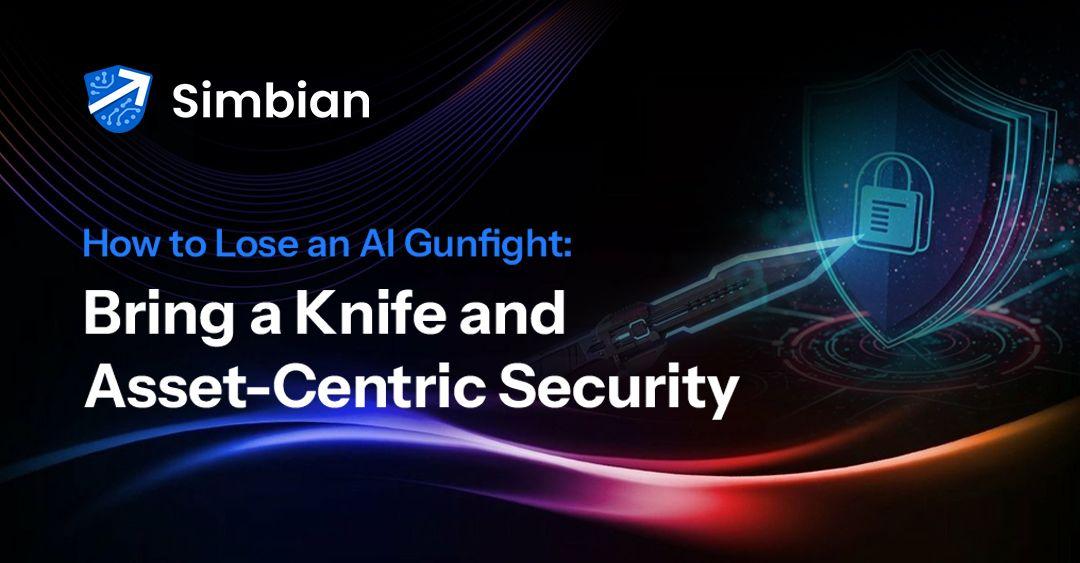
Security
How to Lose an AI Gunfight: Bring a Knife and Asset-Centric Security
In an era where AI has supercharged cyber-offense, asset-centric security is no longer enough. This post explores why a shift to an attacker's perspective is critical for survival, detailing the four pillars of modern offensive security: penetration testing, red teaming, attack surface management (ASM), and breach & attack simulation (BAS). Learn why traditional, compliance-driven security is falling behind and how to adapt to the new speed of cyber threats.
Sumedh Barde
November 17, 2025
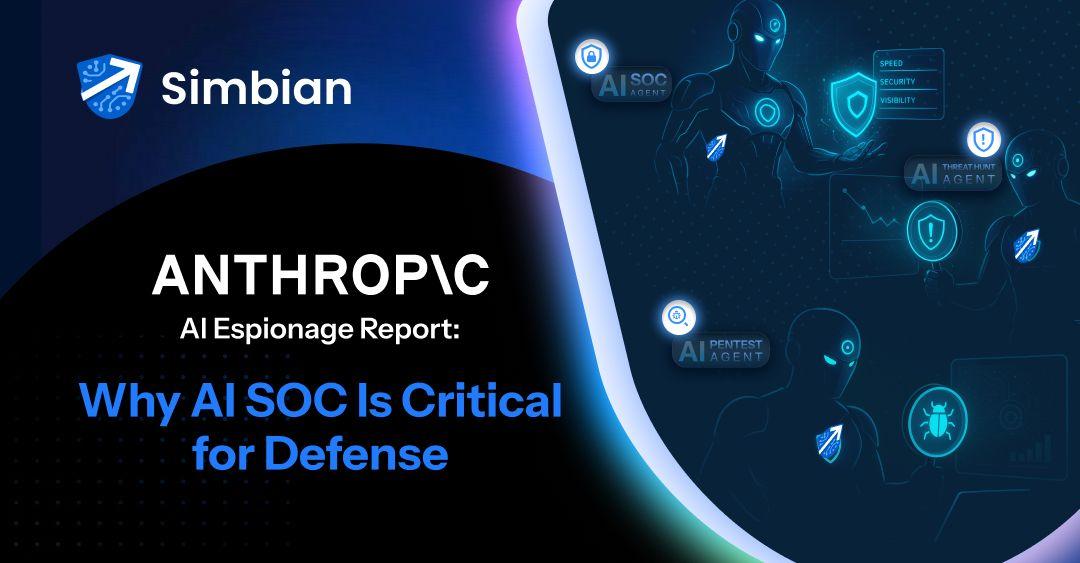
Security
Anthropic's AI Espionage Report: Why AI SOC Is Critical for Defense
An AI spy just infiltrated 30 global targets. Here's why your SOC needs AI defense and how Simbian responds to the threat.
Igor Kozlov
November 14, 2025
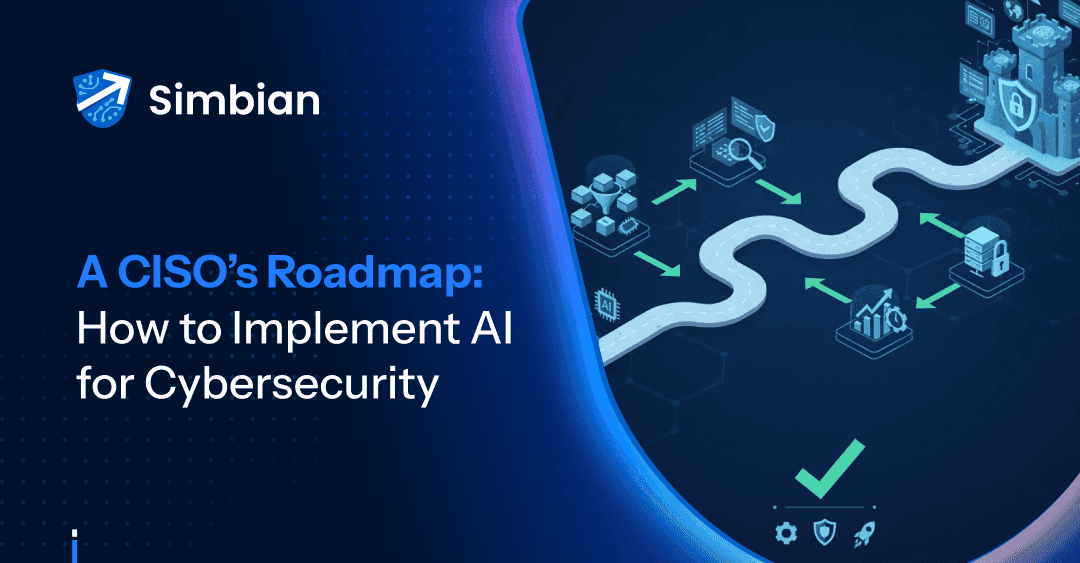
SOC
A CISO’s Roadmap: How to Implement AI for Cybersecurity
Discover a practical three-phase roadmap for CISOs to implement AI in cybersecurity—from piloting low-risk alerts to achieving full autonomous SOC operations. Learn how to overcome adoption challenges, strengthen governance, and amplify human intelligence with AI-driven defense.
Varun Anand
October 29, 2025
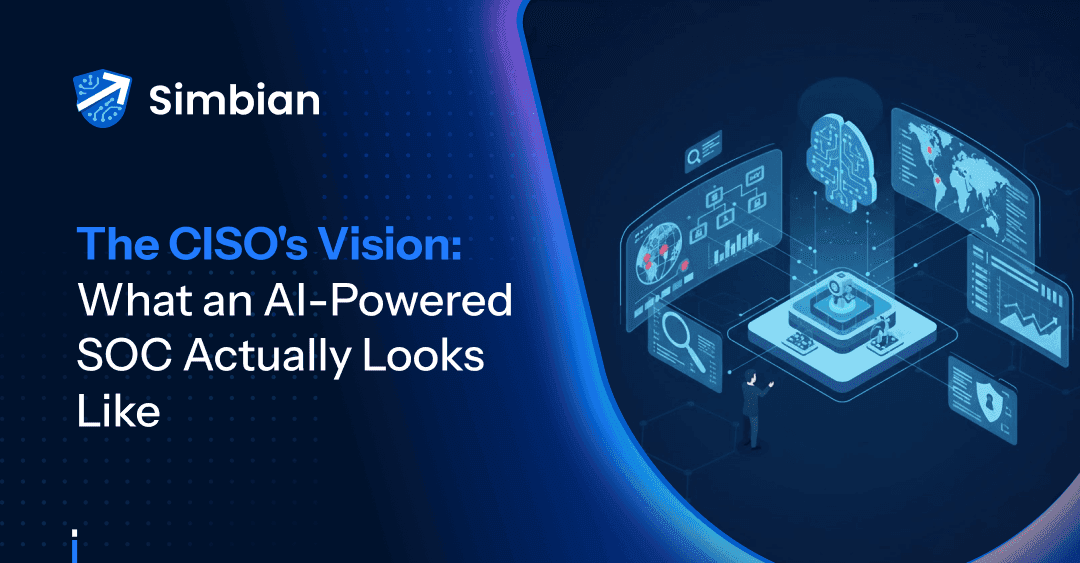
SOC
The CISO's Vision: What an AI-Powered SOC Actually Look Like
Explore how AI SOC Agents are redefining cybersecurity operations. Learn how Simbian’s autonomous AI agents empower analysts, deliver 24/7 threat detection, and enable intelligent cross-domain correlation through Context Lake™ and TrustedLLM™ reasoning—realizing the CISO’s vision of an AI-powered SOC.
Shivang Kalsi
October 27, 2025
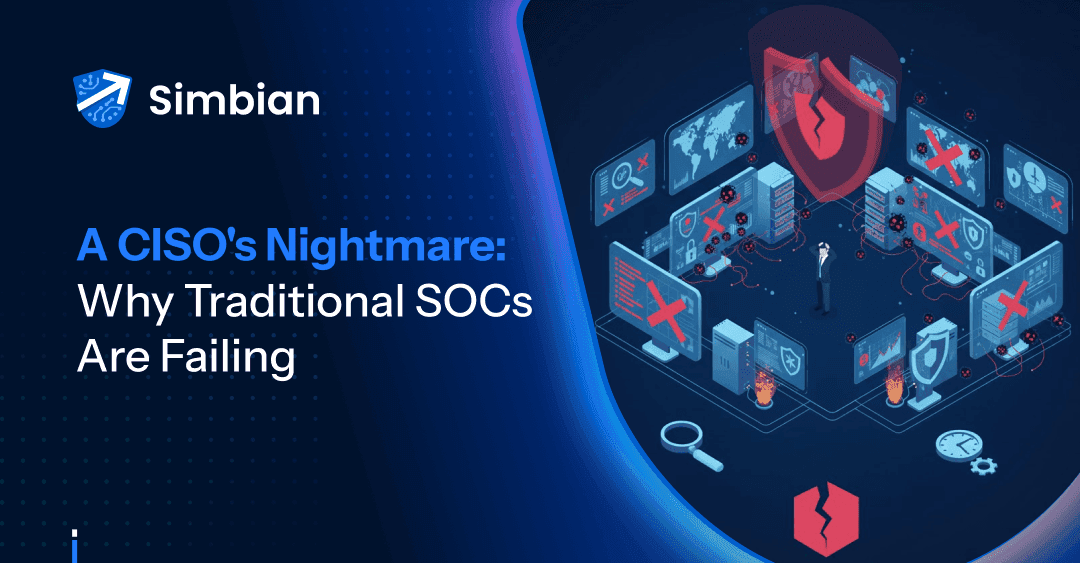
SOC
The Fears of a CISO: Why Your SOC Team is Struggling
Discover why modern SOC teams are struggling with alert fatigue, EDR bypass techniques, and the cybersecurity skills gap — and how CISOs are reimagining defense with AI-powered SOC architectures that blend human expertise and autonomous intelligence.
Ambuj Kumar
October 20, 2025
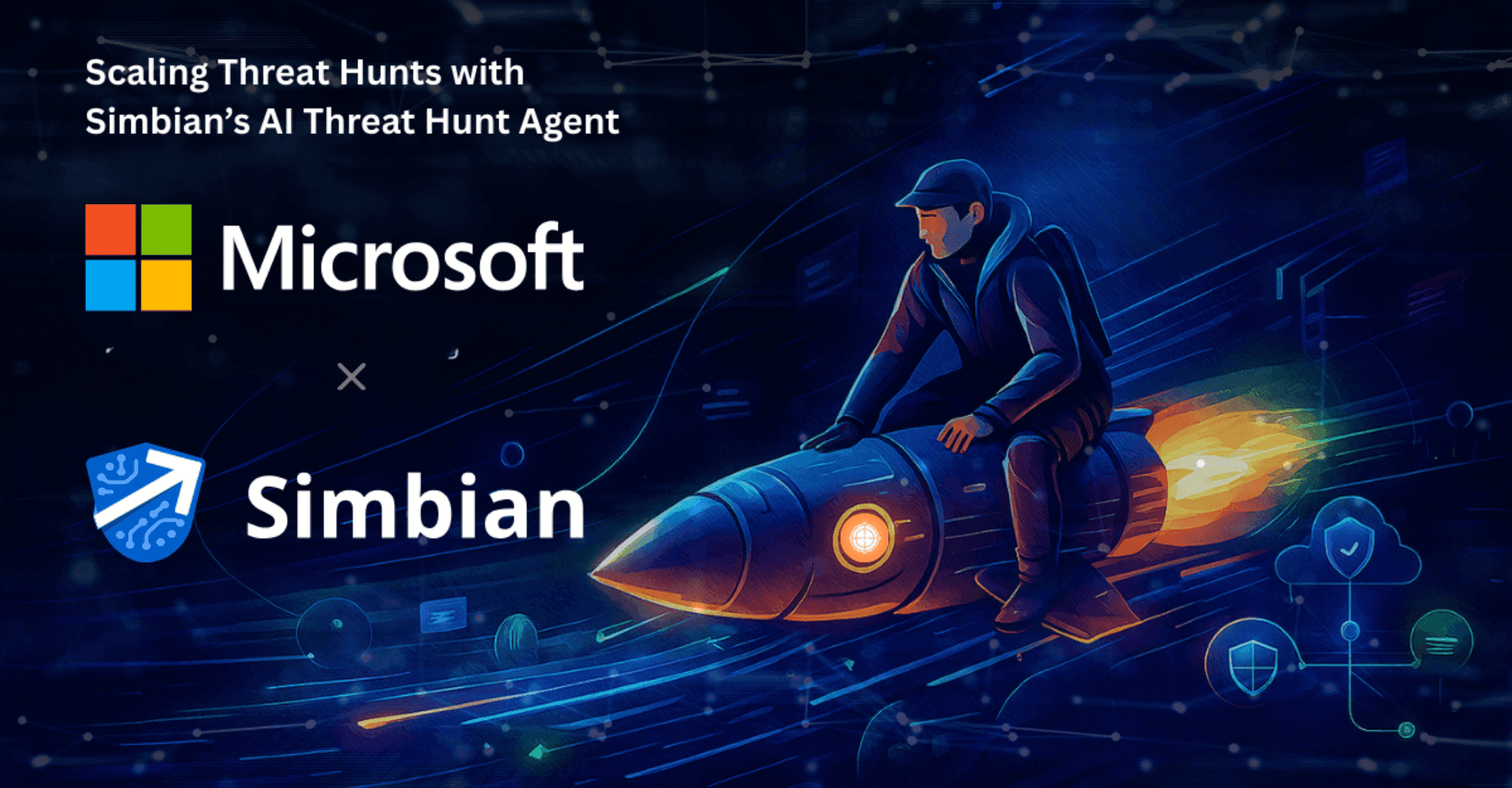
Security
AI-Accelerated Threat Hunts for Microsoft 365 and Sentinel
Discover how Simbian’s AI Threat Hunt Agent accelerates Microsoft 365 & Sentinel hunts with automation, deeper insights, and autonomous hypothesis validation.
Sumedh Barde
September 30, 2025

SOC
Five Things to Look for In AI SOC
Discover the 5 must-have features for evaluating an AI SOC: Context Lake memory, graph-based reasoning, multi-agent SecOps, Smart Severity prioritization, and human-AI collaboration.
Shivang Kalsi
September 24, 2025

SOC
AI for Cybersecurity: Autonomous Alert Triage
Cut SOC noise with Simbian’s AI SOC Agents: 92% of alerts auto-resolved, 3–10 minute investigations, reduced MTTR, 24/7 coverage and ROI in under a week. Book a demo.
Ambuj Kumar
September 19, 2025
Page 1 of 7
...
